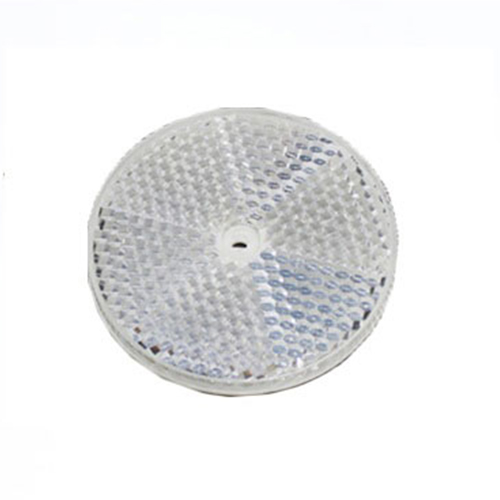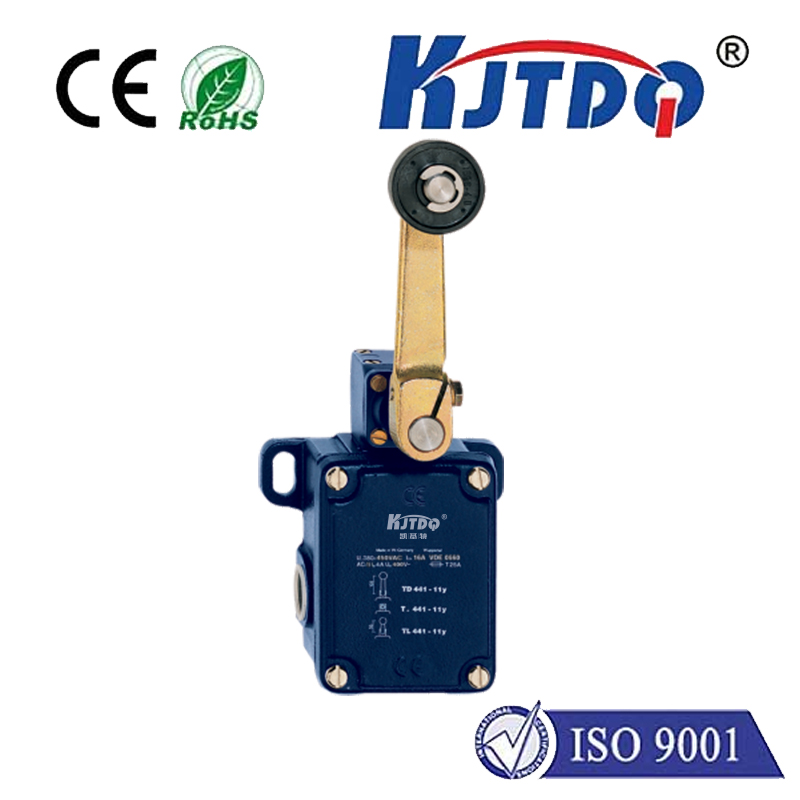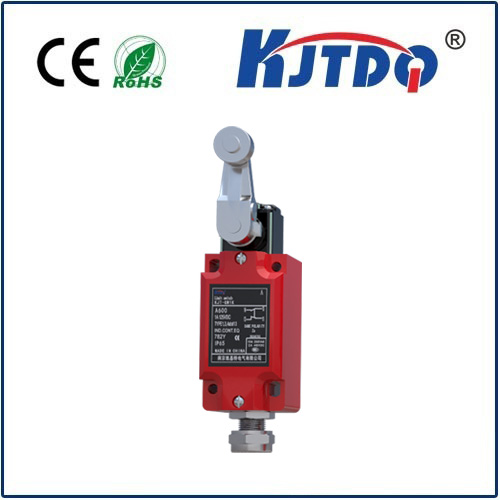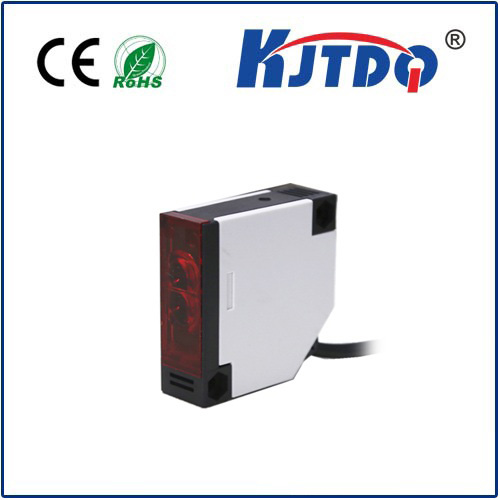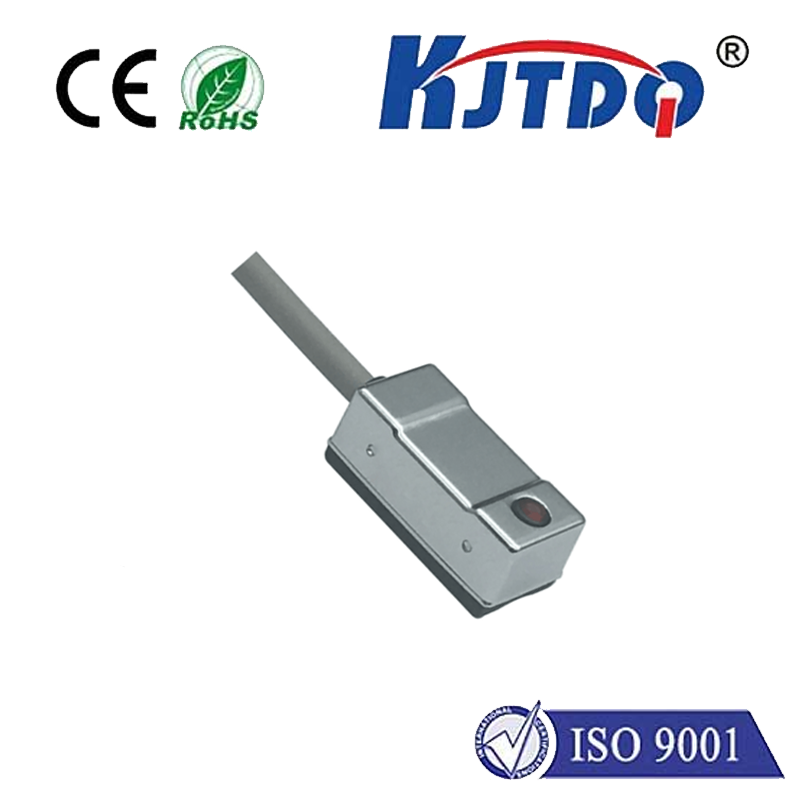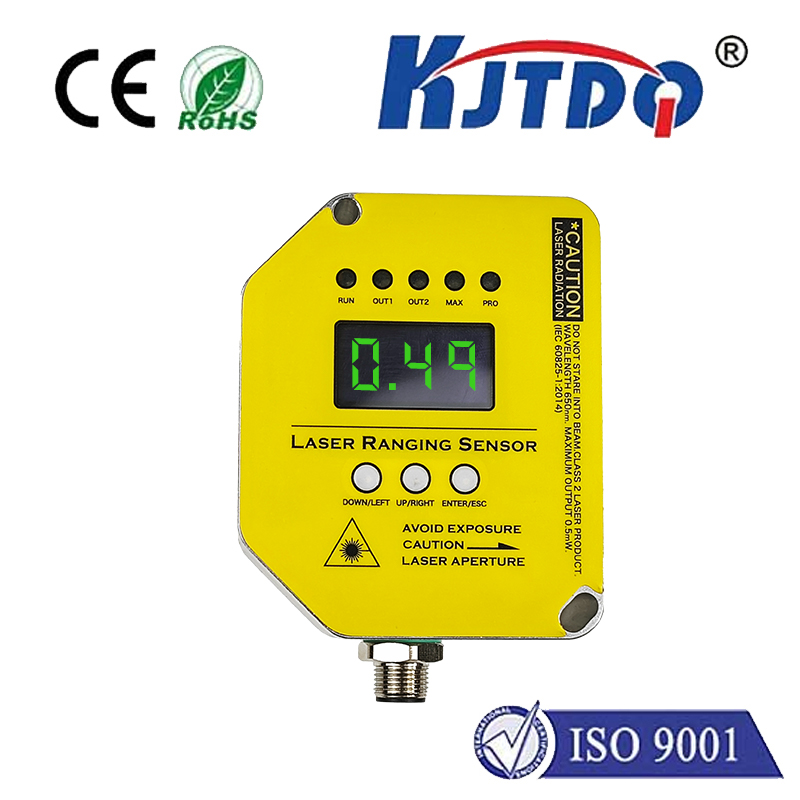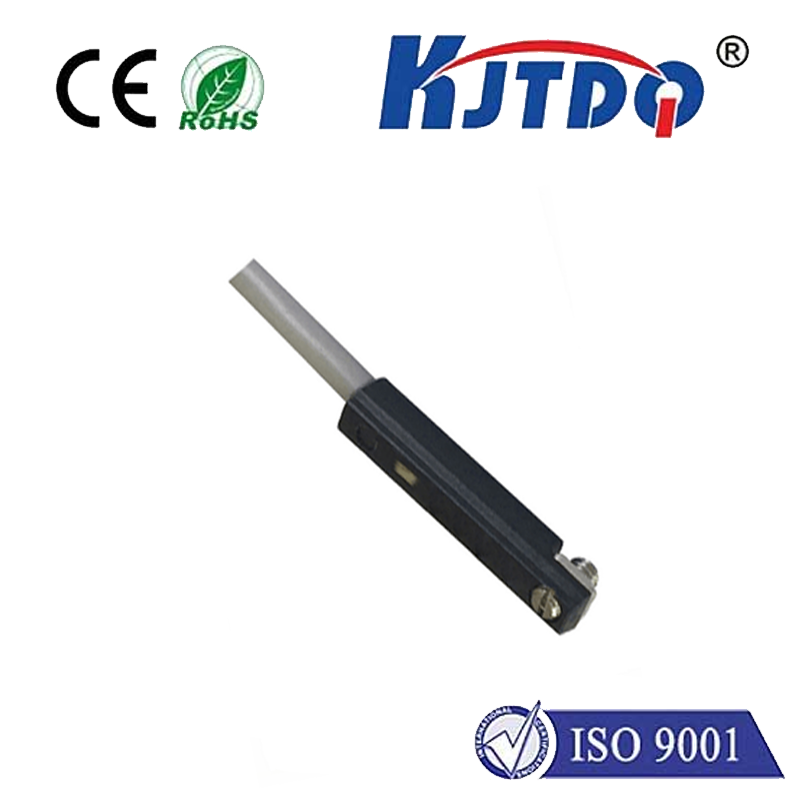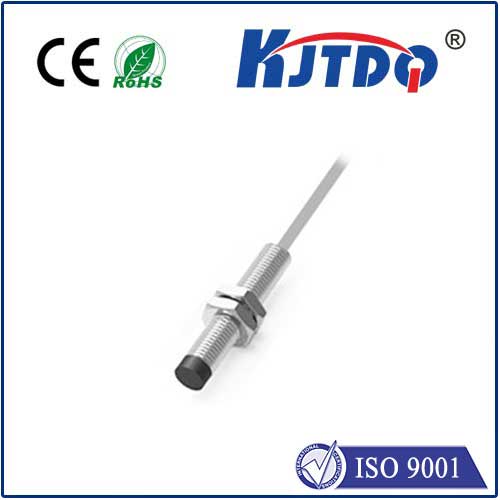

check

check

check

check

check

check

check

check

check

check
Magnetic proximity switches are essential components in many industrial applications. These devices operate based on the principle of magnetic induction to detect the presence or absence of a target object without physical contact. This makes them ideal for environments where mechanical wear and tear is a concern. Unlike traditional limit switches that require physical contact, magnetic proximity switches offer a more reliable and long-lasting solution.
A magnetic proximity switch typically consists of a reed switch housed within a protective casing, along with permanent magnets or an electromagnet. When the magnetic field from the target object comes into proximity with the sensor, it triggers the reed switch, causing it to open or close an electrical circuit. This simple yet effective mechanism ensures that the switch can respond quickly and accurately to changes in its environment.

The versatility of magnetic proximity switches makes them indispensable in various sectors. In the automotive industry, they are used to monitor the position of gear shifts and control anti-lock braking systems. In manufacturing and automation, these switches help in conveyor belt monitoring, part counting, and level detection in liquid containers. Their ability to function without physical contact also makes them suitable for use in harsh conditions, such as those found in oil rigs, mining operations, and chemical plants.
One of the primary advantages of magnetic proximity switches is their durability. Since they do not rely on physical contact, they are less prone to wear and damage over time. Additionally, they provide high precision and fast response times, which is critical in high-speed applications. Moreover, these switches are immune to dust, dirt, and other environmental contaminants, making them highly reliable even in challenging conditions.
Maintaining magnetic proximity switches is relatively straightforward. Routine checks to ensure that the sensor is clean and free of debris can prevent malfunctions. Unlike other types of sensors, these switches generally do not require frequent calibration or adjustments. Their robust construction means they can last for years with minimal maintenance, reducing downtime and operational costs.
As technology continues to advance, the capabilities of magnetic proximity switches are expected to expand further. Integration with IoT (Internet of Things) platforms allows for real-time data monitoring and predictive maintenance, enhancing overall system efficiency. Additionally, advancements in materials science may result in even more durable and efficient proximity switches that can operate in even more extreme conditions. In conclusion, magnetic proximity switches are pivotal in modern industries due to their reliability, durability, and precision. Their ability to function without physical contact makes them uniquely suited for a wide range of applications, from automotive to heavy manufacturing. As technology progresses, the role of these switches is likely to become even more significant, offering innovative solutions to emerging challenges.
